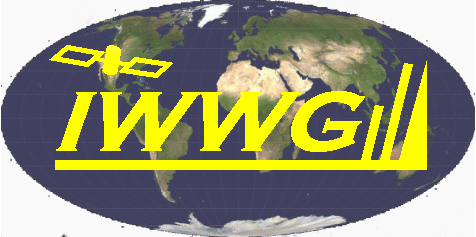Refining the Assimilation of Aeolus Doppler Wind LIDAR Observations in NOAA/FV3GFS by adopting VarQC
Given the initial positive impact by the assimilation of Aeolus Horizontal Line of Sight (HLOS) wind profiles in the southern hemisphere and in the tropics at several operational centers around the world, we want to specifically investigate how beneficial this new observation type
for the initialization of tropical cyclones (TC) in NOAA’s Global Forecasting System (FV3GFS).
In order to maximize the benefits of Aeolus, several key aspects that make data assimilation in the vicinity of TCs a very complex endeavor need to be address first. By having inaccurate a-priori estimates of the state of the atmosphere under complex flow structures combined with the use of suboptimal quality control (QC) procedures can have detrimental impacts to the analysis. Static QC, which is based on blacklisting and fist-guess rejections can make it difficult to take decisions, such as keeping observations with initially large departures from the model background or how much weight should be given to an observation during the analysis update stage.
As a way to address suboptimal quality controls, we extended a new Variational Quality Control (VarQC) procedure, recently implemented in NOAA’s operational data assimilation software to the Doppler wind Lidar observation operator for the Aeolus satellite. This new VarQC algorithm is capable of assigning adaptive weights to the observations by taking into account information about the local TC flow and the a-priori estimates of the relevant sources of error. In this presentation, we describe the first steps at applying VarQC to the Aeolus observations for improving the quality of the analysis in NOAA’s FV3GFS.






